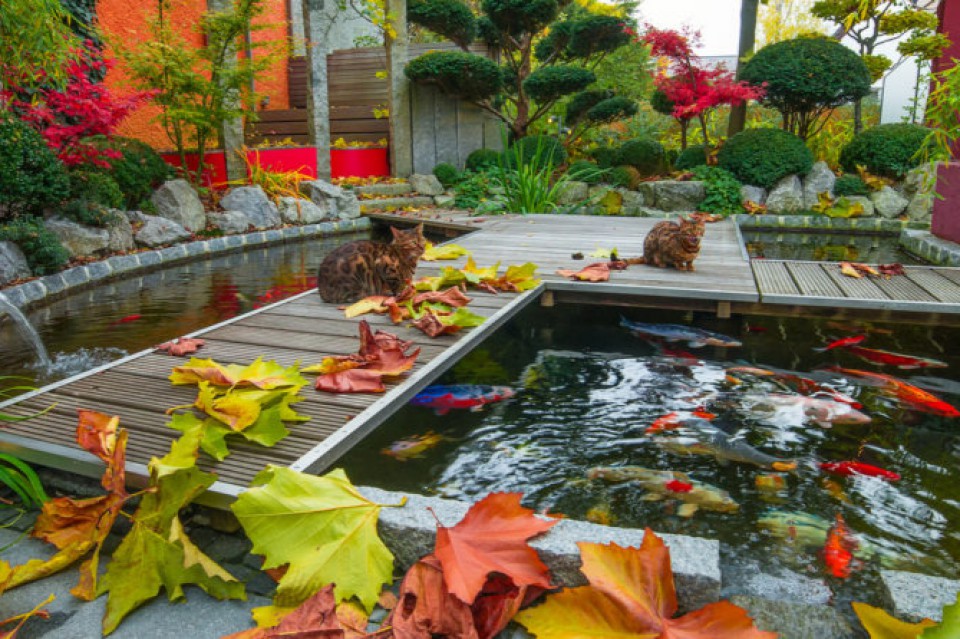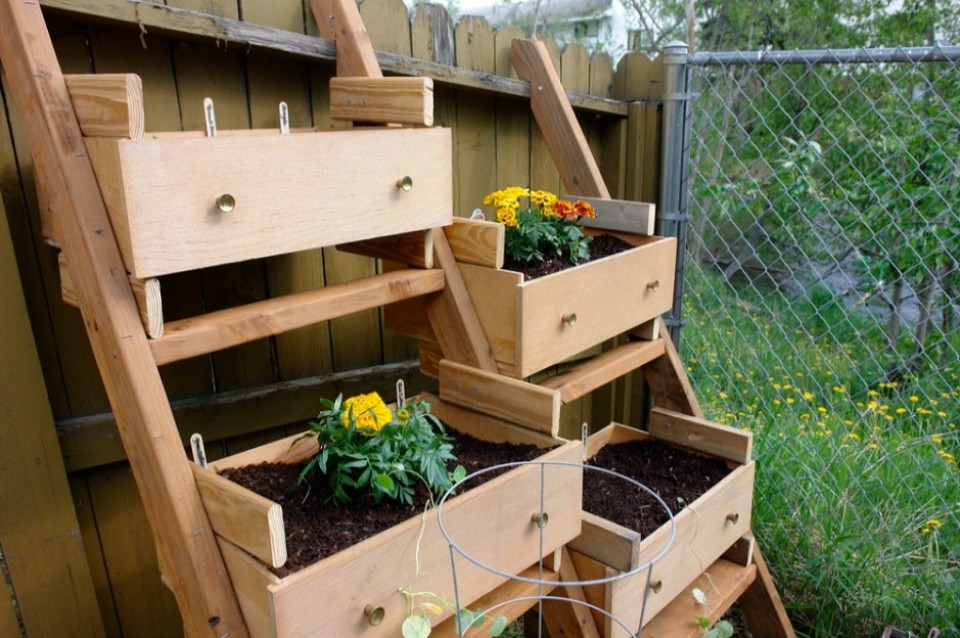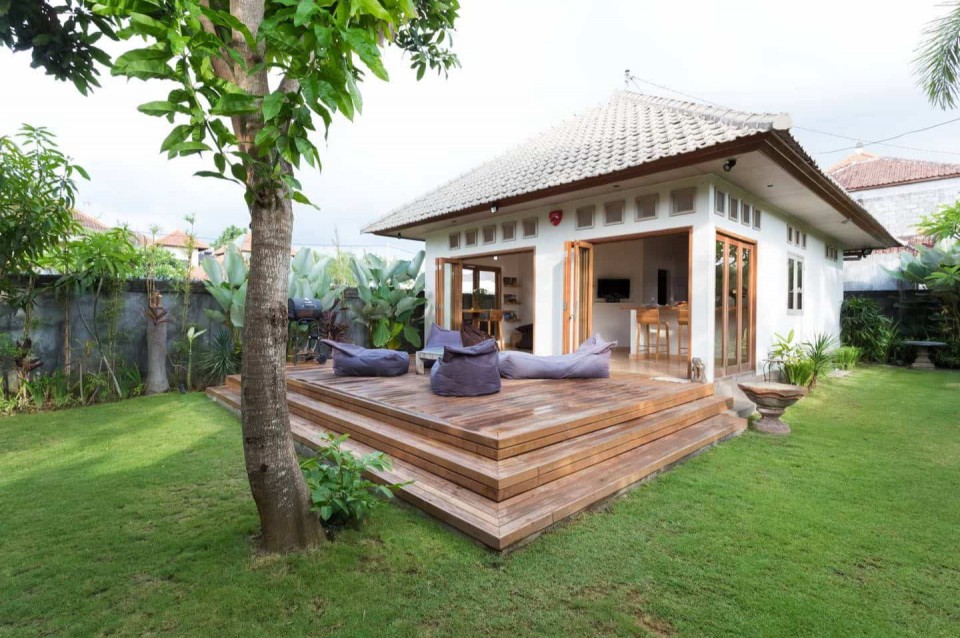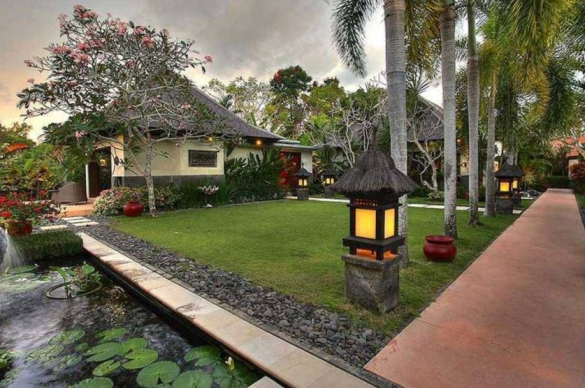Creating a Fish Pond in Your Garden: Adding Beauty and Tranquility
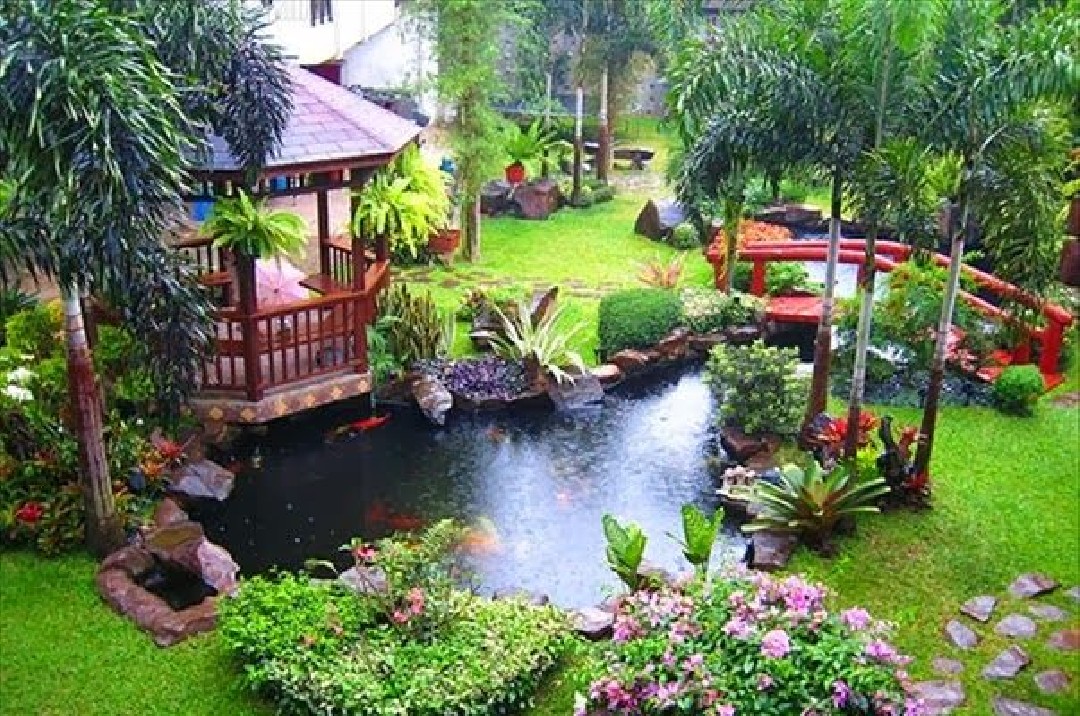
Having a garden at home not only adds freshness, but can also be a fun place to relax. The sound of splashing water and the movement of swimming fish can provide peace and reduce stress. One element that you can add to your garden to create this atmosphere is a fish pond.
This article will discuss the steps involved in creating a fish pond in your garden, along with tips on choosing the right fish and plants.
Initial Planning: A Solid Foundation for Your Dream Pond
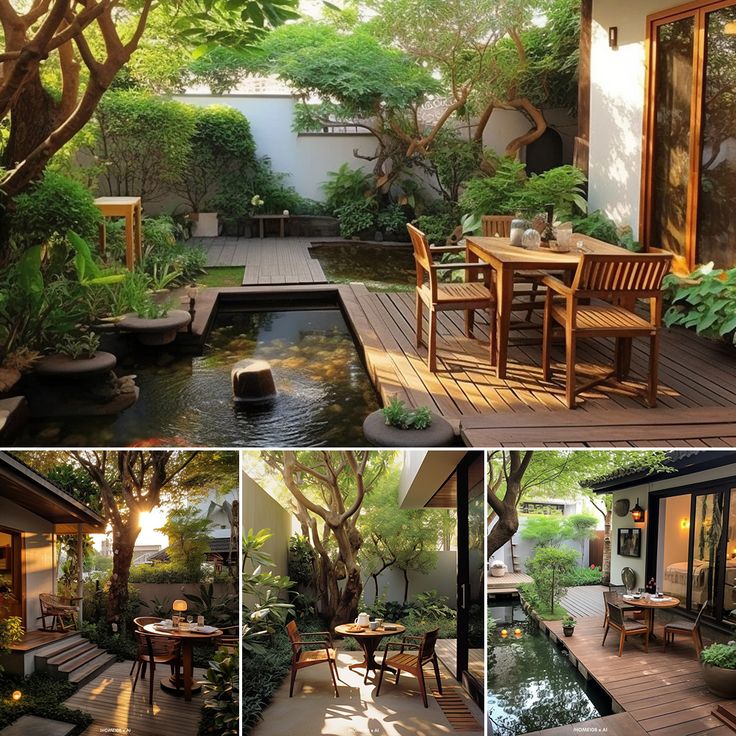
Before starting construction, it is important to do careful planning. Just like building a house, a beautiful and functional fish pond requires a solid foundation. Here are some things to consider:
- Location: Choose a location that gets at least 4-6 hours of sunlight per day. Sunlight is needed for the growth of aquatic plants and to keep the fish healthy. Avoid locations under large trees that can make the pond too shady and cause a lot of leaves to fall. Leaves that fall into the pond can decompose the water quality and cause odor.
- Size: Adjust the size of the pond to the area of your garden. For a large garden, a large pond will look more proportional. While for a minimalist garden, a small pond is enough to add beauty and tranquility. Don't let the presence of a fish pond make your garden feel cramped and crowded.
- Shape That Captivates Your Taste:Fish ponds are not only a habitat for fish, but also decorative elements that beautify the garden. You can choose the shape of the pond that suits your taste and garden design. Some common pond shapes include rectangular, circular, or natural shapes that follow the contours of the garden. Natural shapes will look more in harmony with the atmosphere of the garden, but require more careful calculation during the excavation process.
- Depth Ideal for Fish Comfort:The depth of the pond should ideally vary. The edge of the pond can be made shallow, around 30-50 cm, to plant aquatic plants. Aquatic plants not only add beauty to the pond, but are also beneficial for maintaining water quality. While the middle of the pond is made deeper, around 80-100 cm, for fish to swim freely. Sufficient depth will make the fish healthier and have optimal space to move.
Pond Construction: Pouring Ideas into Reality
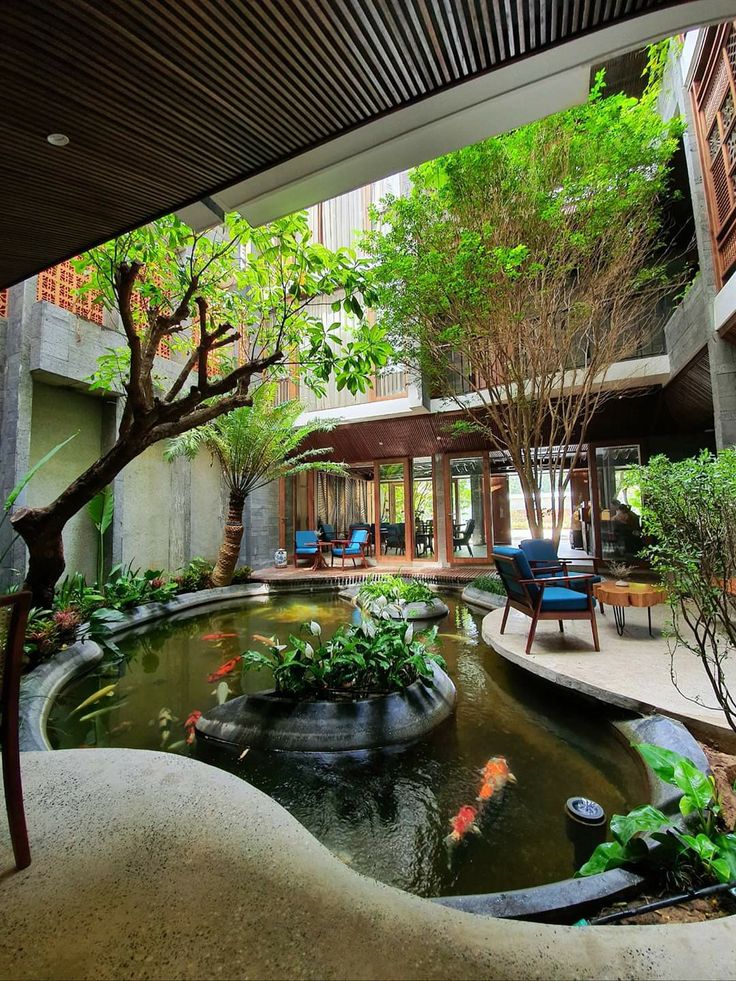
Once the planning is complete, you can start building the fish pond. There are two common material options used, each with its own advantages and disadvantages:
- Concrete Pond: Strong and Durable: Concrete ponds offer strong durability and can be made in various shapes. You can realize your dream fish pond with curved corners or designs that follow the contours of the garden. However, its construction requires the expertise of a builder and a relatively higher cost. In addition, the construction process of concrete ponds takes longer than that of liner ponds.
- Liner Pond: Economical and Easy to Build: Liner ponds use waterproof sheets that are laid over the bottom of the excavation. Building a liner pond is easier and more cost-effective, as it does not require special skills or a builder. You can do it yourself or with the help of a few friends. However, the shape of the liner pond is limited to the shape of the excavation. Liner ponds are usually rectangular, oval, or shaped to follow the existing excavation.
Tips for Building a Pond:
- Ensure a Stable Foundation: Before starting construction, make sure the ground base for the pond is level and compact. Unstable soil can cause the pond walls to shift and leak. If necessary, compact the soil by tamping it down or adding a layer of gravel.
- Protect from Leaks: Whether using a concrete pond or a liner pond, make sure the waterproof layer is installed properly. For concrete ponds, use a special anti-leak coating that is applied to the walls and bottom of the pond. For liner ponds, make sure the liner sheet is spread out neatly and there are no tears or holes. Do a leak test before filling the pond with water.
- Filtration System: Keep Your Pond Water ClearClear and clean pond water is not only important for the health of the fish, but also for the overall beauty of the pond. Therefore, a good filtration system is essential. There are several types of filtration systems you can choose from:
- Mechanical Filter: Mechanical filters work by filtering out dirt and larger particles from the water. Some types of mechanical filters:
- Sand Filter: Pond water is passed through sand which will filter out dirt. Make sure the sand is cleaned regularly to keep the filter working optimally.
- Matala Filter: Matala filters use filter media such as foam or cloth that will trap dirt. The filter media needs to be cleaned and replaced regularly.
- Biological Filter: Biological filters utilize good bacteria to break down organic matter and ammonia in water. Some types of biological filters:
- Pond Filter: Aquatic plants and good bacteria in the pond will help maintain water quality naturally. Choose aquatic plants that are suitable for the pond conditions and fish needs.
- Bakki Shower Filter: Pond water is passed through filter media inhabited by good bacteria. Good bacteria will break down ammonia and nitrite into nitrate which is safe for fish.
- Chemical Filter: Chemical filters use chemicals to clean pond water. Some types of chemical filters:
- Activated Carbon Filter: Activated carbon will absorb odor and dirt in water. Activated carbon needs to be replaced regularly.
- Chlorine: Chlorine is used to kill bacteria and fungi in water. Use chlorine according to the recommended dosage to avoid negative effects on fish.
Fish and Plant Selection: Create a Balanced Ecosystem
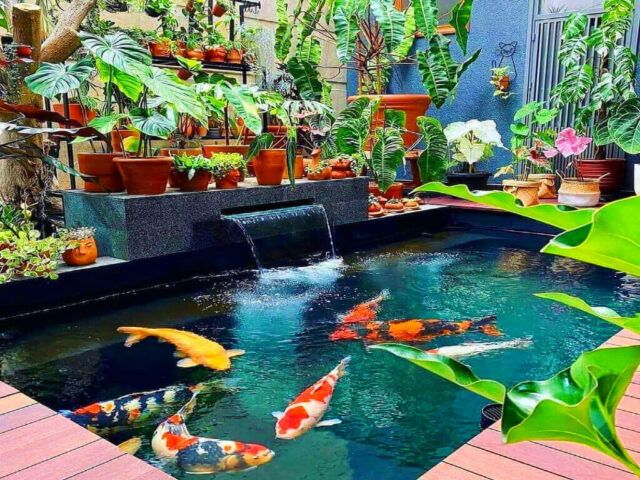
The ornamental fish you choose should be suitable for the size and condition of the pond. Some types of ornamental fish that are suitable for garden ponds:
- Koi Fish: Koi fish are large ornamental fish that have beautiful colors. These fish are suitable for large ponds.
- Goldfish: Goldfish are one of the popular and easy-to-care ornamental fish. These fish are available in various colors and fin shapes.
- Guppy Fish: Guppies are small fish that are colorful and easy to breed. These fish are suitable for small ponds.
- Molly Fish: Mollies have similar characteristics to guppies, which are easy to adapt and breed. These fish are available in various colors and patterns.
Aquatic plants not only add beauty to the pond, but are also beneficial for maintaining water quality. Some types of aquatic plants that are suitable for ponds:
- Water Lilies: These plants have large and beautiful leaves with charming flowers. Water lilies need enough sunlight to grow well.
- Water Hyacinth: These plants are easy to grow and reproduce. Water hyacinth helps absorb nitrate and organic matter in water.
- Lotus: These plants have large and beautiful flowers with wide leaves. Lotus needs enough sunlight and deep water to grow well.
Pond Maintenance: The Key to Beauty and Fish Health
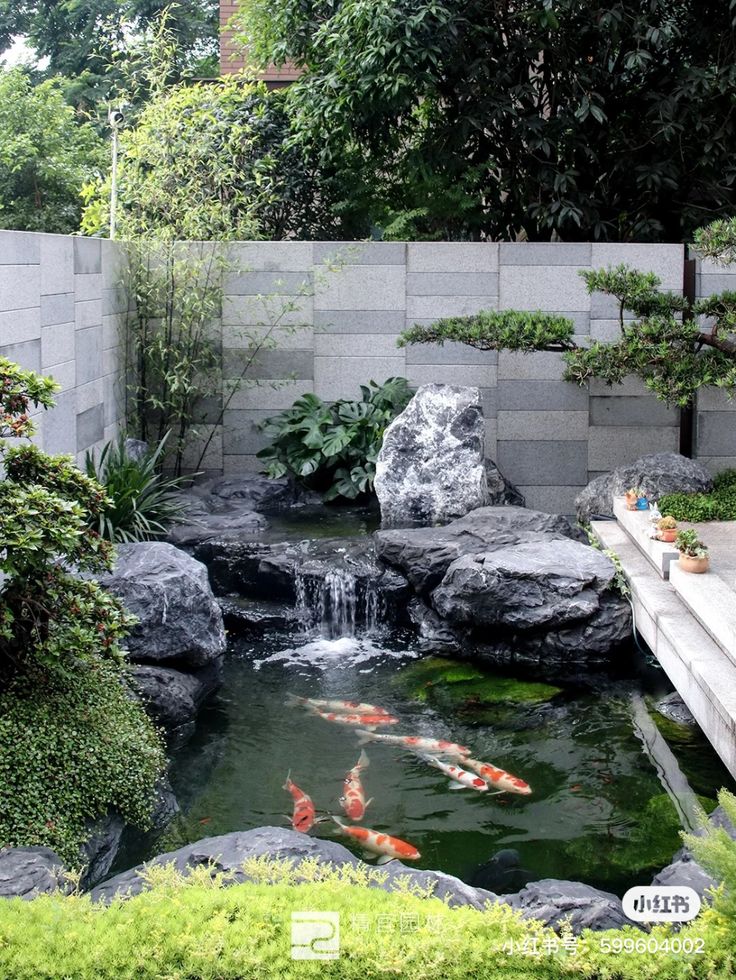
To maintain the beauty and health of the fish, do regular pond maintenance. Here are some things to consider:
- Change Water Regularly: Change the pond water regularly, about 25-30% every month. This helps maintain water quality and prevents algae growth.
- Clean the Filter: Clean the filter regularly, depending on the type of filter used. A dirty filter can cause pond water to become cloudy and smelly.
- Feed the Fish Enough: Feed the fish enough, and don't overdo it. Leftover food that is not eaten by fish can pollute the pond water and pollute the environment.
- Monitor Fish Health: Monitor fish health and immediately separate sick fish to prevent transmission. Pay attention to symptoms of disease:
Symptoms of Disease:
- Color Change: Color changes in the fish's body can be a sign of disease. Look for spots, wounds, or other color changes in fish.
- Strange Behavior: Watch for fish swimming abnormally, such as swimming on the surface of the water or hiding in corners of the pond.
- Decreased Appetite: If fish are not eating, there may be a problem with their health.
Prevention Steps:
- Choose Healthy Fish: Choose healthy and active fish when buying. Avoid buying fish that look weak or have signs of disease.
- Quarantine New Fish: Quarantine new fish for a few weeks before introducing them to the main pond. This is to prevent the spread of disease from new fish to existing fish in the pond.
- Maintain Water Quality: Poor water quality can lead to fish disease. Make sure the filtration system is working properly and do regular water changes.
Finishing Touches: Details That Amaze
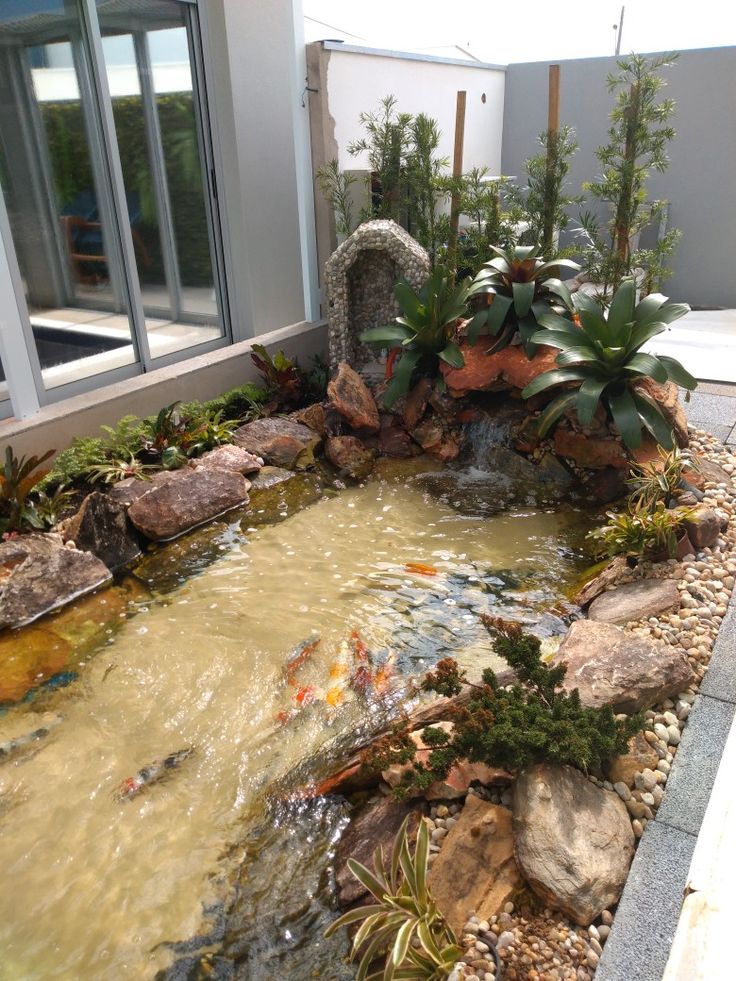
Once the fish pond is built and filled with fish and plants, add some decorative elements to enhance its appearance. Some examples:
- Ornamental Stones: Add ornamental stones around the pond to give it a natural and beautiful look. Choose ornamental stones with colors and shapes that suit your taste.
- Mini Water Fountain Statue: Mini water fountain statues can add beauty and the sound of splashing water that is calming. Choose a mini water fountain statue with a design that matches the theme of your garden.
- Garden Lights: Garden lights can help illuminate the pond at night and add beauty to the garden. Choose garden lights that are waterproof and energy efficient.
Conclusion: The Dream Fish Pond in Your Garden
Creating a fish pond in your garden can add beauty and tranquility to your outdoor area. With proper planning, selection of suitable fish and plants, and regular maintenance, you can enjoy the sound of splashing water and the movement of swimming fish, creating a relaxing atmosphere at home.
Bonus Tips:
- Create an eco-friendly pond using safe and non-polluting materials.
- Use aquatic plants that can help clean pond water naturally.
- Provide fish with quality food that meets their needs.
- Have the fish health checked regularly by a veterinarian.
I hope this article is useful and helps you create the dream fish pond in your garden!


